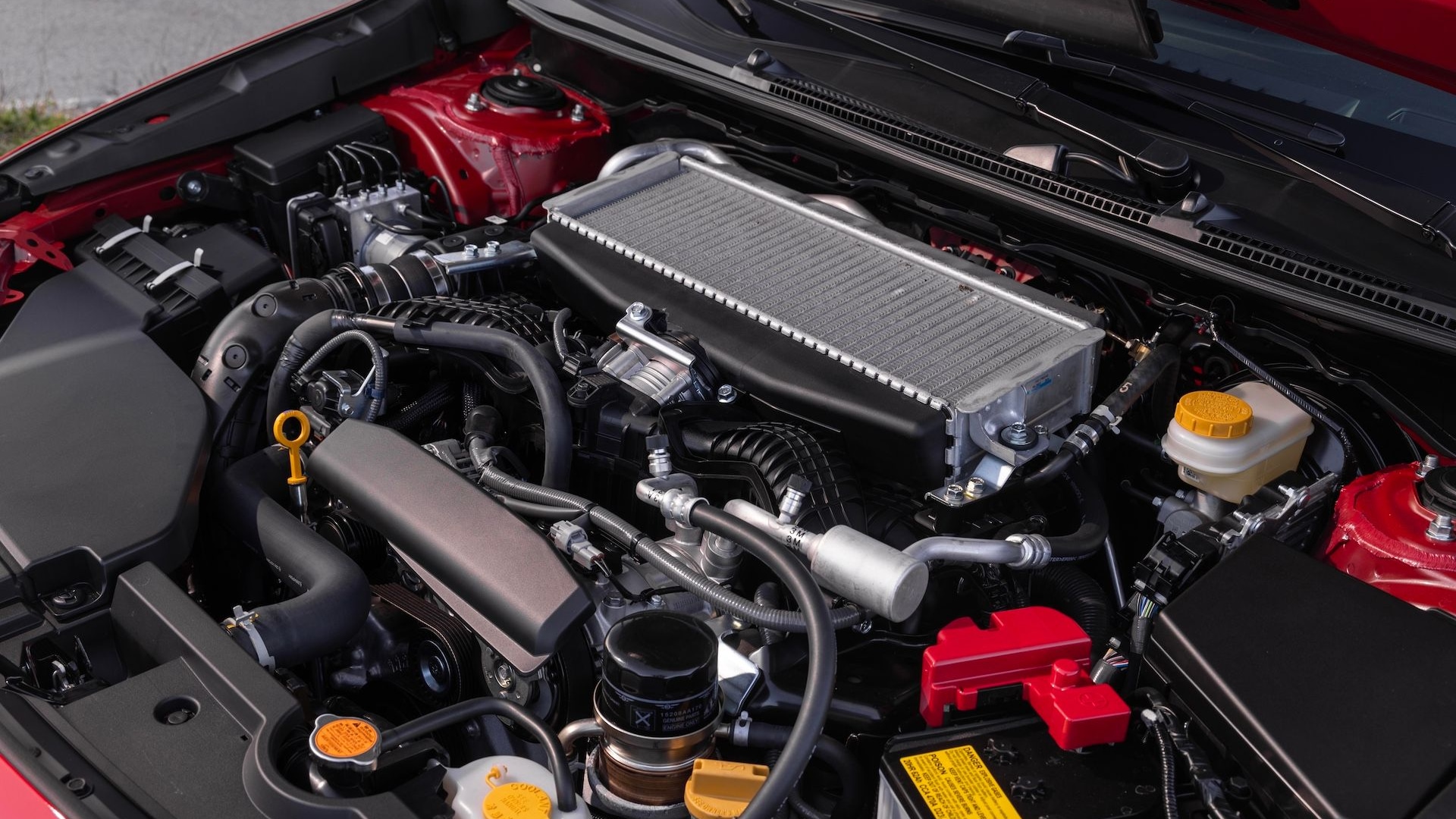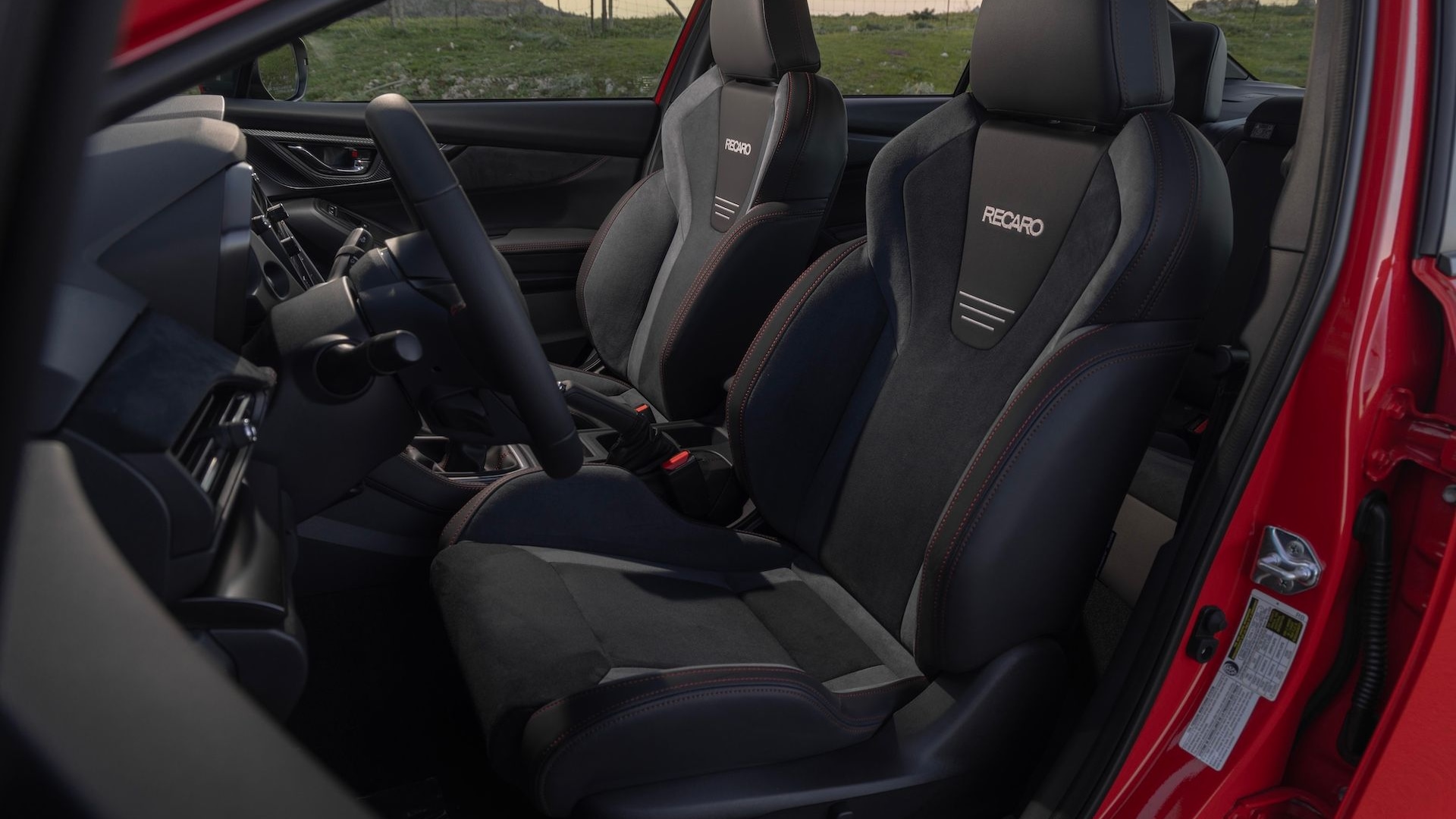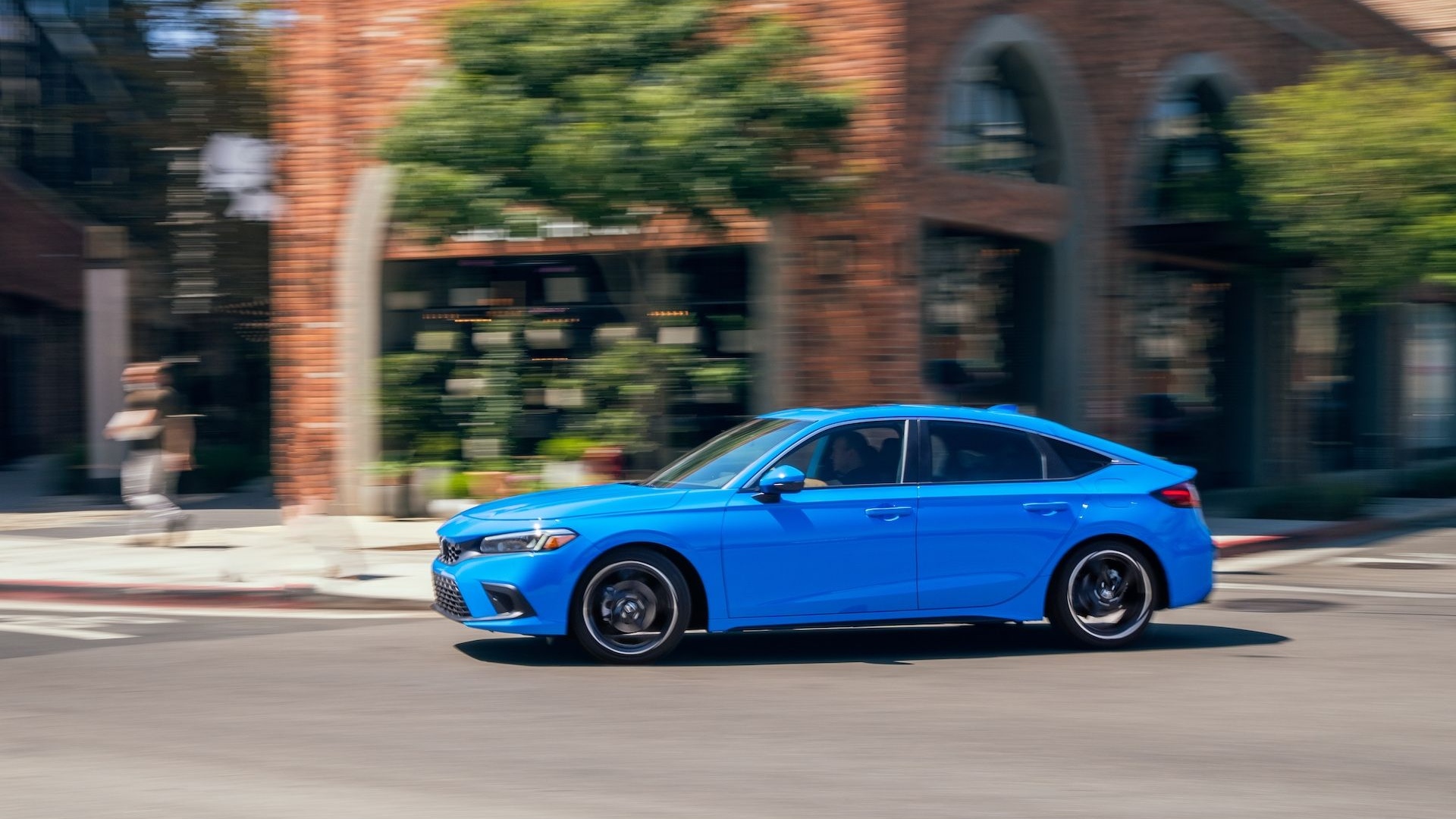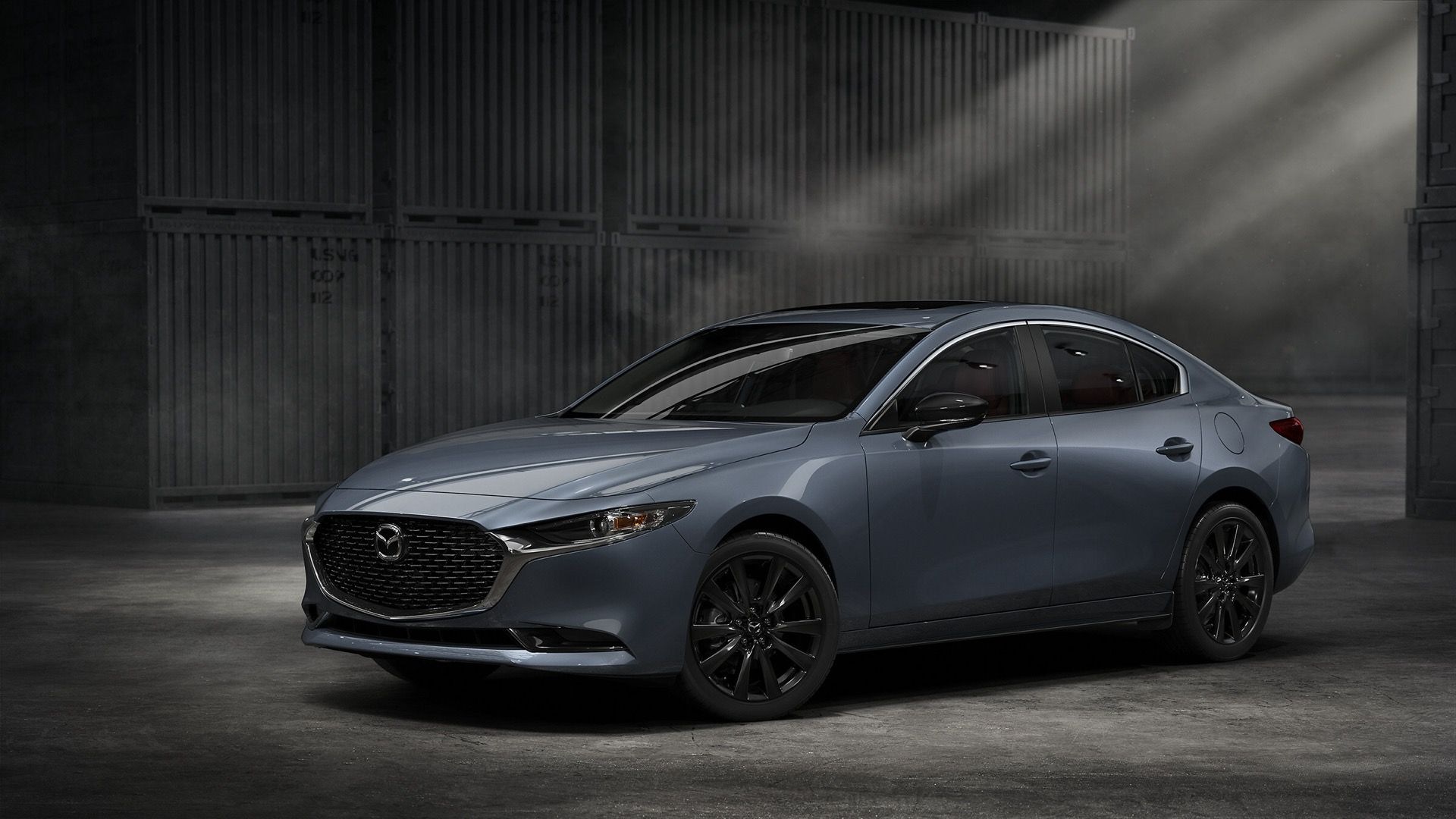The beloved WRX STI went missing in 2021, and Subaru agrees with us—that something really should be done about it.
I recently drove Subaru’s effort to fill that hole, at least in part: the 2024 WRX TR.
This isn’t the first WRX TR. It was originally launched for the 2006 model year as a stripper WRX and the TR stood for Tuner Ready. That means pared down to the essentials. It had a very basic stereo, no body add-ons, and the steering wheel from the base Impreza 2.5i model. It did have a sport-tuned suspension and a limited-slip differential, though. The thinking was to provide the performance parts and avoid adding amenities that tuners would just strip out of the car.
The 2024 WRX TR goes in another direction by adding even more performance parts and teaming them with plenty of amenities.
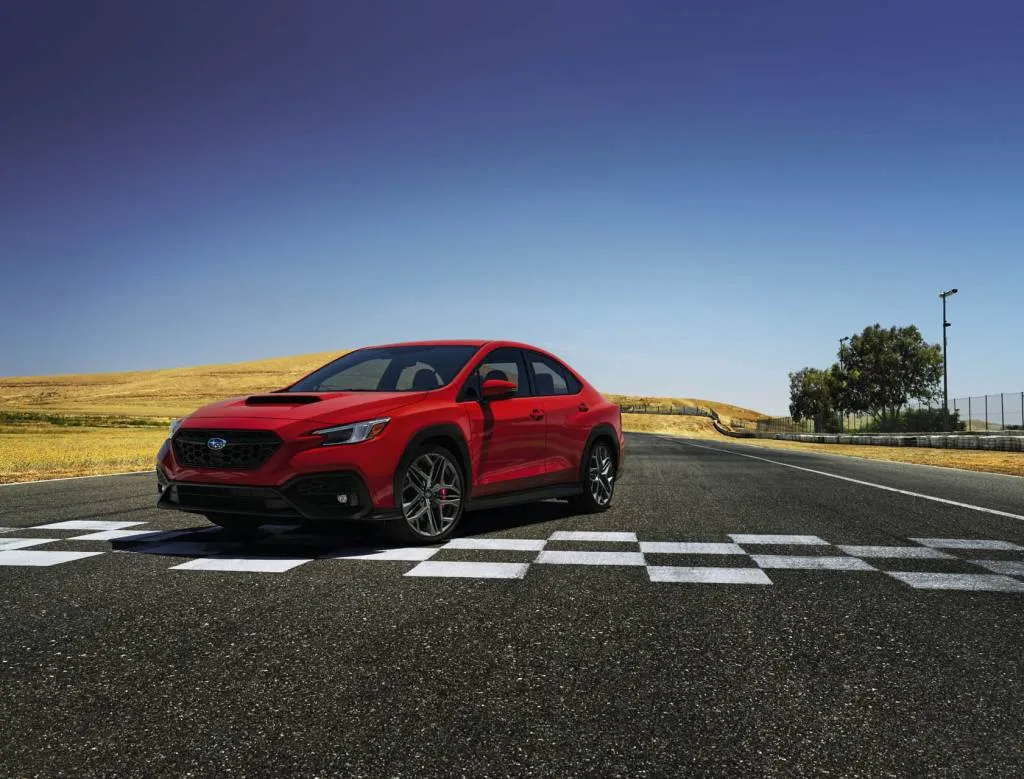
2024 Subaru WRX TR
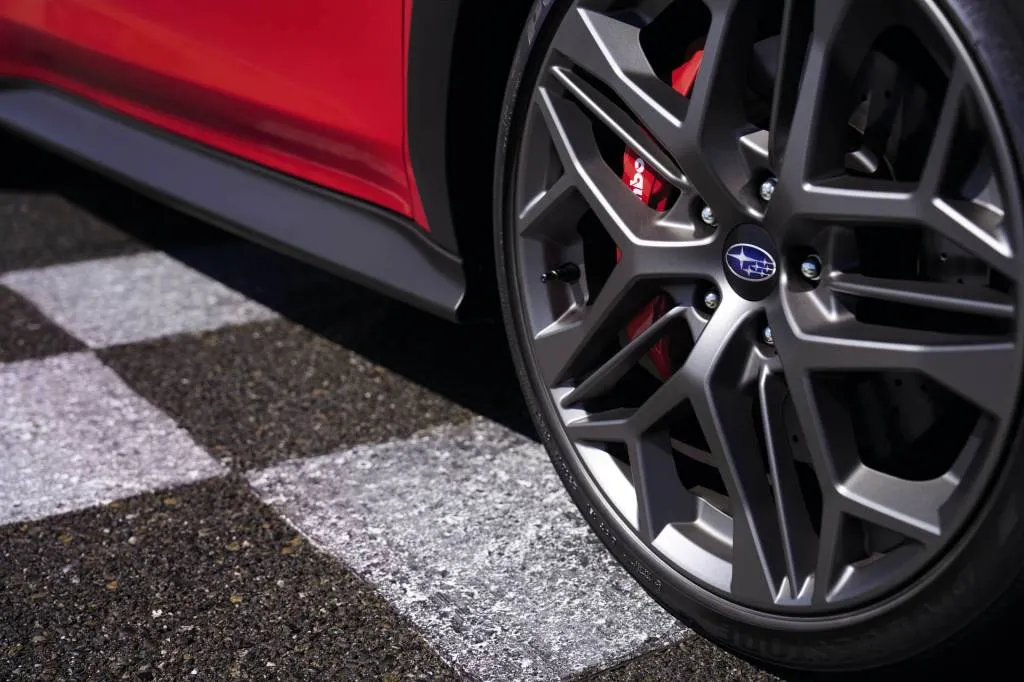
2024 Subaru WRX TR
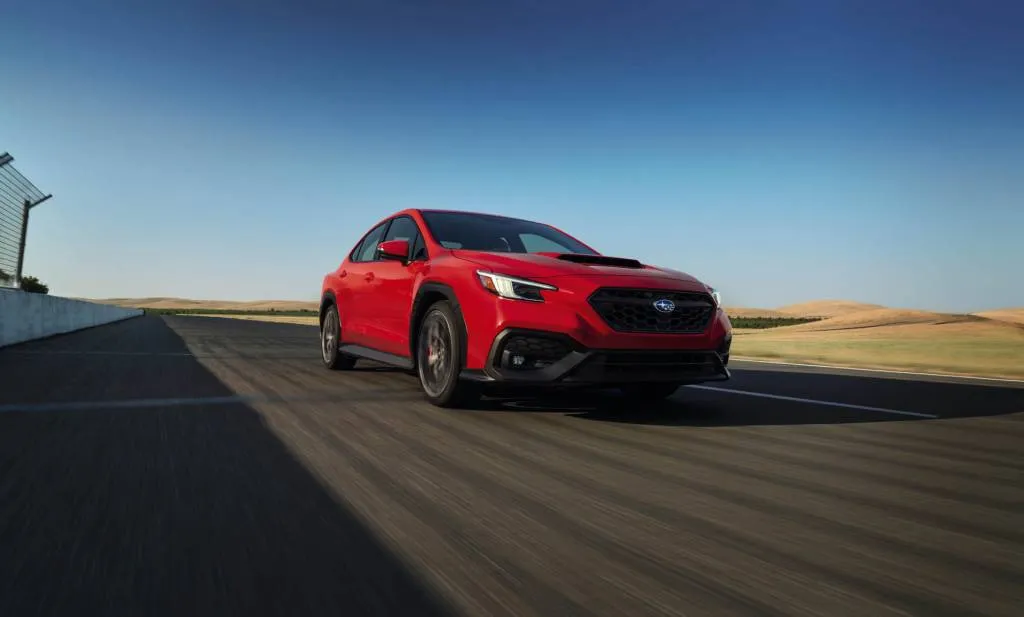
2024 Subaru WRX TR
Essentially a half-step toward the STI, the WRX TR gets suspension and brake upgrades but no extra power. Rather than the WRX’s standard 17- or 18-inch wheels and tires, it rides on 19-inch wheels that mount Bridgestone Potenza S007 summer performance tires. The springs are 5% stiffer and the damping rates are revised to handle the car’s larger wheels and tires. The steering is also retuned for improved road feel, and it gets bigger, better brakes.
The base WRX comes with 12.4-inch ventilated front rotors with 2-piston calipers and 11.8-inch ventilated rotors with single-piston rear calipers. The TR ups the ante to cross-drilled 13.4-inch front rotors with Brembo 6-piston calipers and cross-drilled 12.8-inch rear rotors with 2-piston calipers.
The TR, like other 2024 WRXs, also benefits from a couple of improvements enjoyed by all 2024 WRXs. The WRX’s body structure is slightly stiffer this year thanks to additional support in the floorpan, mostly toward the rear. The 2024 WRX also gains the EyeSight suite of safety features for the first time with a manual transmission. It includes adaptive cruise control, automatic emergency braking, and active lane control. A Subaru spokesman said about 75% of WRXs are chosen with the manual transmission, and this is an effort to keep manual transmission-equipped cars viable by adding key safety features.
Inside, the TR has 8-way power-adjustable Recaro seats upholstered in synthetic suede with red contrast stitching. It also lacks a sunroof to remove that weight up high and leave more room for helmeted drivers.
I drove the WRX TR in Wisconsin in mid-March, with conditions that ranged from the mid-50s and dry to the low 40s and rain to the low 30s and snow. The car came out of the Chicago media fleet, and having arrived in winter it was equipped with Michelin Pilot Alpin winter tires in the same 235/45R19 size as the Bridgestone Potenza S007 summer performance tires that come standard.
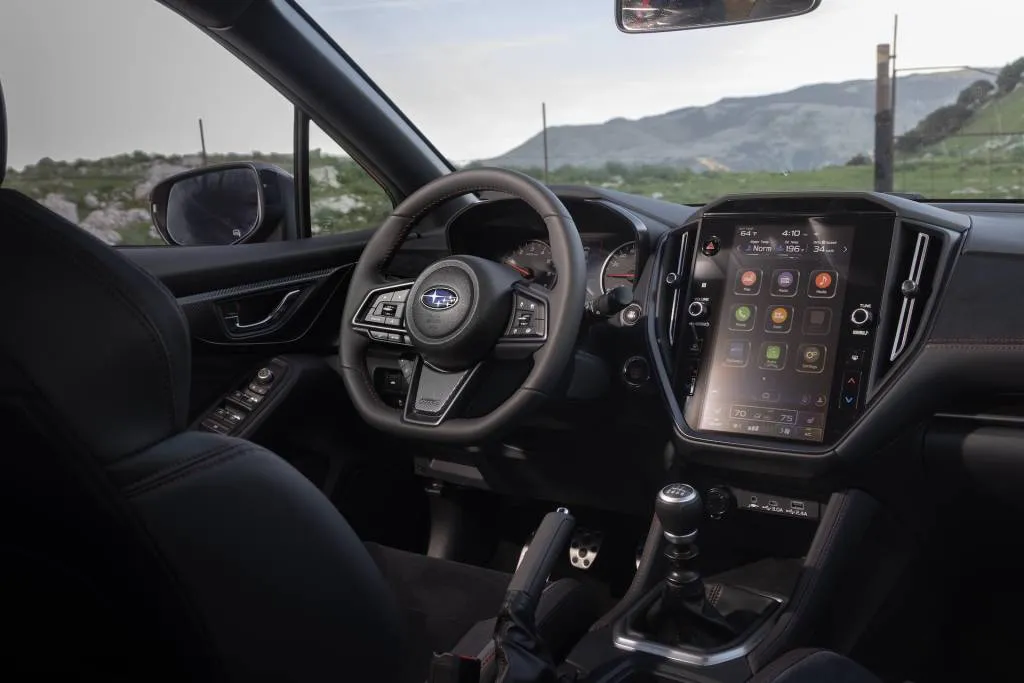
2024 Subaru WRX TR test drive review, Sicily
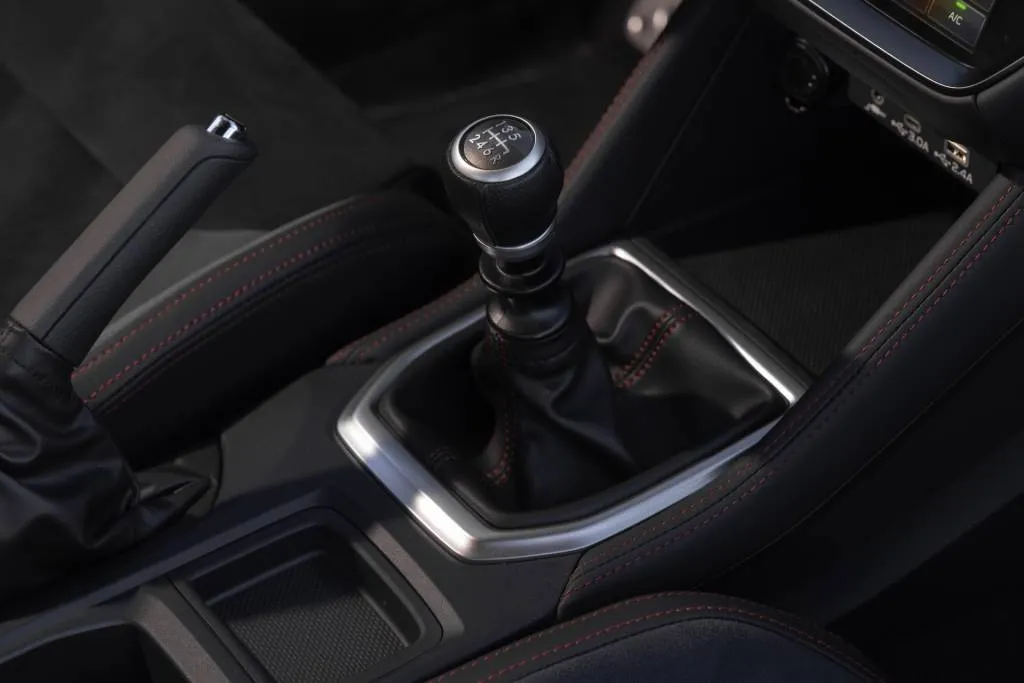
2024 Subaru WRX TR test drive review, Sicily

2024 Subaru WRX TR test drive review, Sicily
While the winter tires don’t have the grip of the Potenzas, I could still feel the changes Subaru has made to the TR. The car turns in more willingly. The front end feels better tied together, too. In a turn, the nose doesn’t dip as much on the outside as it would in the standard WRX. Some of that could be due to the improved structure, but the stiffer springs are likely more responsible for it.
The ride quality is also notably stiffer, though it doesn’t become punishing. The WRX has a firm ride to begin with, and this goes further in that direction, so prospective drivers should test drive it before they buy.
While Subaru says it has revised the steering for more road feel, I would have to drive the TR and another WRX back-to-back to judge that. A Subaru spokesman said the change can be felt by using a light grip of the wheel. Whether that’s true or not, the steering has the same quick ratio of 13.5:1, but it’s still too light for my taste.
With no track or autocross access, I never drove the WRX TR hard enough to challenge the braking power. However, they did feel strong with a predictable pedal in the few twisties I could find. The bigger rotors and calipers team with a larger master cylinder to make the car more ready for track duty.
The feel of other controls remains unchanged, though perhaps they should change. Just as the steering is too light, so is the feel of the gearshifter, which could also use shorter throws. The clutch could also use a little more weight, though it feels natural and is easy to modulate. A little more weight all around would feel sportier.
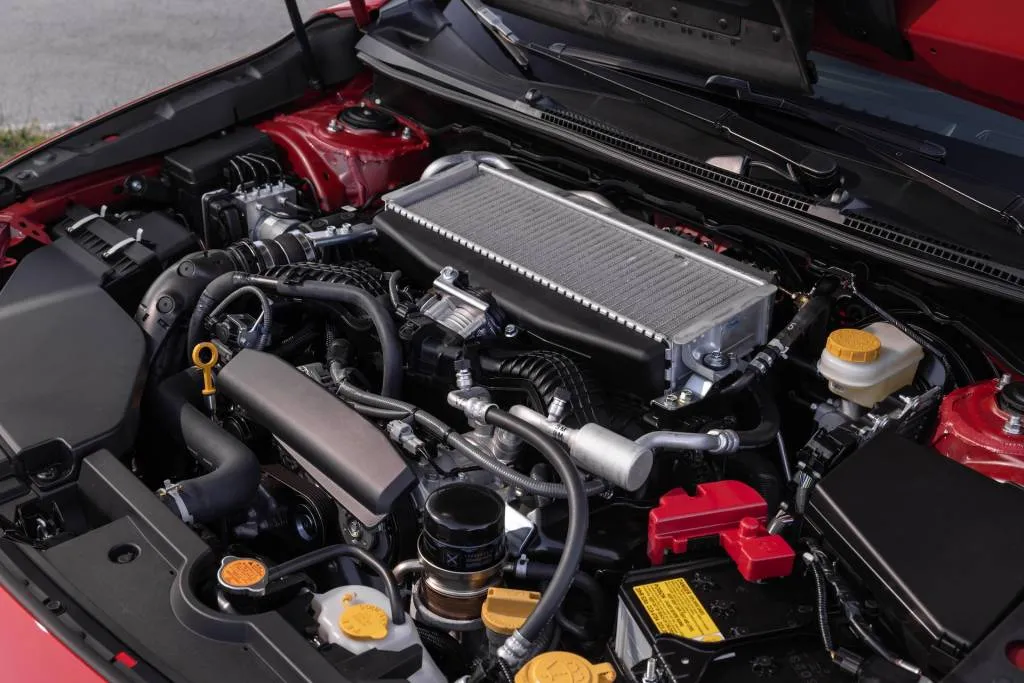
2024 Subaru WRX TR test drive review, Sicily
The engine is also unchanged. It’s the same 2.4-liter turbo-4 that makes 271 hp and 258 lb-ft of torque. It’s a strong engine, with a 0-60 mph time of about 5.5 seconds with the manual, but it lacks the punch of the 315-hp 2.5-liter turbo-4 of the last WRX STI.
The WRX TR starts at $42,775, including a $1,120 destination charge. It’s equipped like the $40,135 WRX Limited, though it lacks that model’s sunroof. That suggests the changes made to the TR cost about $4,000. The price is also about $4,000 more than the last STI. To be fair, inflation has raised prices across the board since 2021, though that doesn’t make it any less disappointing that a car without the capability of the STI costs more.
While the WRX TR isn’t a full substitute for the WRX STI, the TR now means Track Ready, according to the Subaru spokesman. Its extra equipment backs up that claim. My recommendation to Subaru: Go the half step further by increasing the power, adding a body kit, and firming up some of the controls to bring back the STI. Until Subaru decides the STI should return, however, the WRX TR is as close as we’ll get to a current-generation WRX STI.
